Growing Regional Opportunity for the Workforce (Project GROW): Final Evaluation Report
Authors: Ashweeta Patnaik, Dan O’Shea, and Heath Prince (Principal Investigator)
Date: October 2016
Publication Type: Report, 77pp.
OVERVIEW: Project GROW (Growing Regional Opportunities for the Workforce) was an ambitious regional, multi-partner, strategically comprehensive effort that sought to build upon successful and innovative practices to accelerate credentialing, employment, and career advancement in demand occupations for an array of economically marginal target groups. The service area encompassed five Workforce Investment Boards (WIBs) that span the entire Texas-Mexico border area from the City of Brownsville in the south to El Paso in the north (see Figure 1). These WIBs formed the Border Workforce Alliance (BWA) to adopt and refine regional approaches to workforce development. Despite significant economic expansion in recent years, the border region remains one of the most disadvantaged areas in the state and the nation in terms of poverty, unemployment, literacy, limited English language proficiency, education, and income. Project GROW was designed to reduce the predominance of these characteristics for sections of the population that generally have the most difficulty successfully navigating available education, training, and employment opportunities through accelerated, entry level occupational credentialing in a career pathway that aligns with the needs of employers in key growth industry sectors.
Project GROW was funded by the U.S. Department of Labor(DOL) under the Workforce Innovation Fund (WIF) Grant Program, which supports innovative approaches to the design and delivery of employment and training services that generate long-term, cost-effective improvements in the performance of the public workforce system in terms of outcomes for job seekers and employers. The Ray Marshall Center at the Lyndon B. Johnson School of Public Affairs at The University of Texas-Austin conducted a multi-method evaluation of Project GROW, including implementation/process, outcomes, net impacts, cost effectiveness analyses, and formative components. The goal of the evaluation was to generate evidence for regional, state, and federal policy makers, workforce development system practitioners and other stakeholders about the experiences, achievements, and value of the demonstration.


Leave a Reply